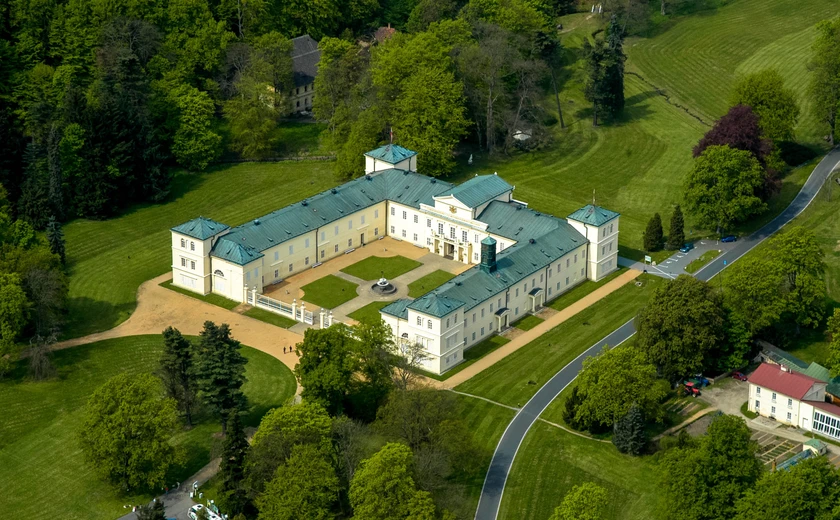Lázně Kynžvart
A small, intimate town nestled on the edge of a beautiful forested area, Lázně Kynžvart was founded in 1214 and boasts an impressive past.
In 1356 King Charles IV granted the town its own civic seal showing three lilies and a lion holding a shield. During this time tin was being extracted from local mines. From the year 1630 the town was actually the property of the aristocratic Metternich family .
In 1862 Kynžvart officially became a 'spa town' though this came after the great fire of 1856 when many important historical buildings were destroyed. As early as the 16th Century the town's local springs had become known for their curative qualities but it was not until 1822 that it actually became known as a spa. The spa treatments offered by this town have been particularly popular in treating respiratory tract problems and various skin ailments in children.
The upper section of the town square is dominated by the church of St Markéta which was renovated in the year 1506 after a fire. The building received its current appearance in 1870. Not far from the church stands a 17th-century Baroque house that was and still is the home of the incumbent priest. On the town square stand numerous Empire houses, once the residences of the local elite. Close to the spa complex lies a park in which a covered pavilion houses the well known Richard Spring. West of the town stands a unique and beautiful chateau that was built in the 16th Century and rebuilt in the neo-Classical style between 1820 and 1833. It houses an interesting collection of curiosities and a unique library that contains a rare 9th Century manuscript.
Getting There: Direct train and bus from Mariánské Lázně, by car (15 minutes)




